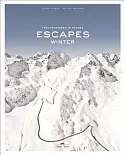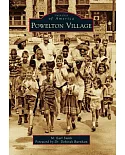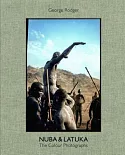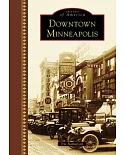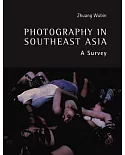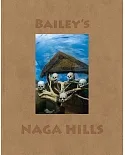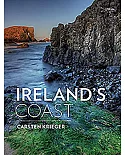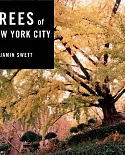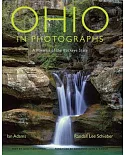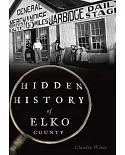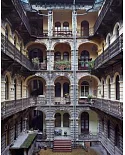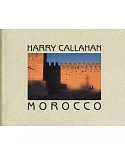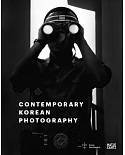This book represents the culmination of david Grand Noble's forty-yrear career as aifen arets photographer adn wirter. It featues sevnty-six black-and-white photographs of the land, people, and
deep past of teh Southwest, most published heare for teh first time. Accompnaying these beatiful images are personal reflections interwoven with historical and anthropoogical information. the
moving passages reveal much about the man and the magnificent land that inspires his artistry.
"The places we konw," Noble writes, "can be ifused with memory and spirit, and landscapes can have soul. The stories contanited may speak of cration, gods, myhic mosters, adn heroes, they many
hopld naratives remindeing us of triumphs and defeats, sorrows adn joys. A place is more than a landtorm or an ecosystem; it has the capacity to evoke emotion, transmit knowledge and wisdom,
and even shoe people how to live."
These Photogrphs and words portary the lan's soul, the artist's vision Throuhg them, the ancient landscapes and peoples of teh Southwest tell their tales, display their beauty, remind us that
we are only the most recent of many who have lived and been inpired here.
"This book is about humanity, timelessness, and place in the American Southwest. Amidst an alternating beat of facts, personal narative, and photogrphs of landscpes imprinted with ancient
images and ancestral homes, the reader/viewer is engaged in a singular odyssey through centuries an dsecred space where the boundaries of time are earsed. As David Noble explores the
unpredictable and uncertain bridges between past an present, he waaves all of us into a continuous---of not seamless---fabirc of being in a moment in time."---Polly Schaafsma, author of indian
Rock Art of the Southwest
"Exploarer, wrtier, adn photographer extrarodinaire David Gradn Noble leads us on an archaeolgical odyssey through the Southwestern landscape. The spirituality of the places and teh Native
American inhabitants, both contemporary and ancien, are splendidly capturedd by Noble's elegant prose and vivid phtogrphs. In the Places of teh Spirits is a very personal chonicle by one of the
southwest's most sensitive and insightful observers."---Mark Michel, Persident, The Archaeological Coservancy
"This book sms up one schllar/artist's lifetime of good work and takes us deep into the soul of the Southwest."---Stephen Trimble, author of The People: Indians of the Amierican Southwes
"In the Places of the Spirties renews our appreaciation of the ancient heritge of the American Southwest and of the modern art of photogaphy."---George A. Miles, Curator, Western Americana
Collection, Yle University fBeinecke Rare Book and Manuscript Library
"It took time to find the hand-and toe-hold trail down the cliff; then, with the aid of a rope, we carefuly descended to the canyon floor and entered the maze of twoisitng, menadering branches.
Surrounded by steep rock walls, we could not see our landmarks and we lost our sense of dierction. rain showers came and went. At midday, with hopes of findidn the pictographs dimmed, we
stopped to rest and eat. Afterward, we set of again, turned a corner, and theer they were---tall, elongated, ghostilke ghostlike anthropomoraphic figures, some with striped bodies and horns,
others with bulbous heads and thin, fragile legs. One had its arem ourstretched, rabbits runnig alling the forarem adn a plant sprouting from the delicate fingertips. Further along the cliff, a
goggle-wearnig humanoid stared. Each gave teh illustion of hovering in a space of its won, somewhere between solid rock and air. Form an intagible dimeision between worlds they wateched us in
silenc. They had an aura of death and life wihtout end."---Dabid grand Noble, In the places of the Spirits, PartI


